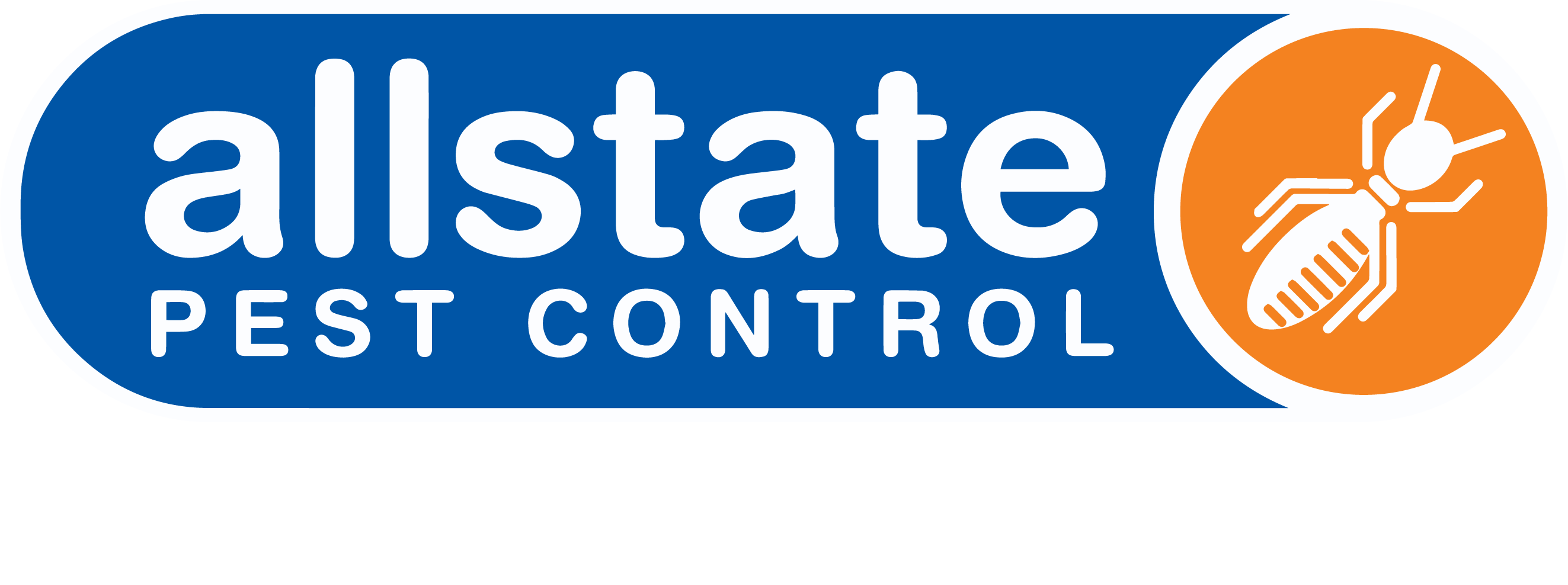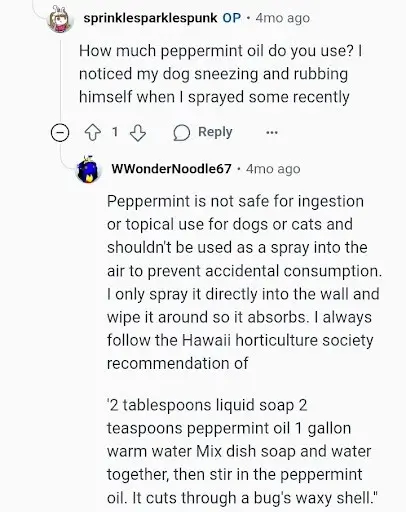THE ULTIMATE GUIDE TO FABRIC PESTS
Finding insects eating away at your clothes, furniture or carpet may not sound like a situation that you’d expect to see. However, it’s an unfortunate reality when you’ve got a fabric pest outbreak.
Although they tend to prefer feasting on keratin-rich fabrics such as wool and animal fur, many will happily settle for synthetic textiles, cotton and linen.
If putting your belongings at risk of irreversible damage isn’t enough, fabric pests are also clever at finding hiding spots to avoid being caught.
To learn more about identifying and getting rid of fabric pests such carpet beetles, case making clothes moths and silverfish, we’ve put together this handy guide.
What questions will this article answer?
What are fabric pests?
There are many different types of creepy crawlies that will use textiles and fabrics as food sources. Known as fabric pests, they are attracted to keratin, which is a type of protein that is commonly found in animal fur and hair. This means that they’ll leave unsightly holes in your clothing and chew off strands of animal fur by breaking it at the base
Their diet includes wool, leather, mohair and feathers. However, if these aren’t readily available, fabric pests will also target cotton, silk, linen and synthetic fabric, especially if they contain traces of food, perspiration or even urine.
The fabric pests that you’ll most likely encounter are case making clothes moths, carpet beetles and silverfish.
Common fabric pests
Let’s introduce you to the most widely found fabric pests in Adelaide:
Varied carpet beetles
Known for their characteristic wing pattern of light and dark brown transverse bands, and white, brown and yellow scales, adult varied carpet beetles are 2-3mm long and take 2-5 months to reach full maturity. Their larvae are brown and 4-5mm long.
They often make their way inside homes through bird and wasp nests, where females normally lay eggs.
While fully matured adults feed on pollen from flowers, the larvae are known to attack carpets, animal hides, feathers and fabrics such as cotton, wool and silk, particularly if they contain traces of food or fluid. Varied carpet beetles also eat corn, red capsicum and rye meal.
Black Carpet Beetle
Ranging from dark brown to a shiny black appearance and covered with fine, grey-black hairs, adult black carpet beetles grow to 2.5-5mm long, with the larvae also taking on a dark brown colour. Female black carpet beetles also lay eggs in bird and wasp nests.
They take 9-15 months to fully mature, which means that their larvae have plenty of time to feed on animal hair, fur, hides and wool. They’ve also been known to penetrate food packaging to enjoy nuts, cereals and stored grains.
They tend to leave behind a mess as they shed their larval outer shells and leave behind droppings which look like tiny, irregular pellets.
If you happen to find black carpet beetles on your windowsill, remember that they are good at dispersing throughout a building, so an outbreak can be hard to manage.
Case making clothes moth
Known for their distinct silken cases spun by larvae to dodge predators, case making clothes moths carry around this protective disguise as they take 3-4 months to fully mature. Their cases generally take on the colour of the fabric that they have eaten.
With their colours ranging from a shiny grey-yellow to brown, adults can grow to 6.5mm long and reach a wingspan of 12mm. Their wings have a fringed appearance on the edges.
If you stumble across a silken case attached to a wall or ceiling, you could have the first sign of an outbreak on your hands.
They behave differently to other moths, who are always are drawn towards light. Instead, case making clothes moths will seek out darker areas or hide underneath objects such as furniture.
While they are a very common pest, they can often go easily undetected as they feed on animal hair and fur, as well as feathers, tobacco, hemp and spices. Case making clothes moths normally enter homes through contaminated clothing, groceries, or simply just fly inside.
Silverfish
With a silver-grey colour, long antennae, 3 tails and elongated appearance, silverfish can range between 2-18mm long and tend to be nocturnal creatures.
While they mainly feed on plant material and fungi, silverfish have been known to enjoy starch-rich food sources such as starched cotton and paste, as well as linen, silk, synthetic fibres and paper.
They normally hitchhike into your home through contaminated food, such as pet food and starchy, sugary food.
As they moult every 2-3 weeks, you may find their shedded skins scattered over the floor during an outbreak.
Silverfish can take 3 months to 3 years to fully mature, and prefer to hide in less frequented, dark places during the daytime.
Manage fabric pests.
Our expert is ready to help you now.
Problems caused by fabric pests
If left unchecked, an outbreak of fabric pests can cause widespread damage to your personal belongings such as clothing, carpet, rugs, curtains and furniture.
They also leave a mess behind with their shed skins, silk threads and cocoons during the maturation process.
As scavengers, they will often eat stored food products and cause contamination.
Being small in size, they can easily crawl into small hiding places to evade treatment and lay eggs, making an infestation so much harder to control.
Signs of a fabric pest outbreak
Here are some ways to tell if you have pesky fabric pests around your home:
- You notice damaged fabrics and textiles, including holes in clothing or loose carpet pile. You may even see moths or larvae on textiles and hidden in crevices on fabrics in dark places
- Droppings on clothing will be the same colour of the consumed fabric
- You see more insects than usual, especially around windows and door frames, as well as underneath heavy furniture, such as the sofa, particularly if they fly away once you move it. Check skirting boards and corners carefully
- You find larvae in quiet, dark places, including wardrobes, closets and underneath heavy furniture and sticky silk cocoons covered with droppings, fabric debris, dust or hairs
- You notice an increase in insect debris, such as shed brown skin and droppings from carpet beetles. Also look for silk threads, cocoons, tubes and sacs.
- Black carpet beetles deposit their eggs in dark, protected places, for example in piles of lint, under and beneath skirting boards, in cracks and crevices, as well as air ducts
How to prevent a fabric pest outbreak
You can take small steps, which can make a big difference to protecting your home and belongings from a fabric pest outbreak. Here are some ideas:
- Regularly vacuum and steam clean carpets to reduce dirt build-up, especially if they are made of wool or a wool blend, taking care to check behind and under furniture. You’ll want to remove dust, hair, fish food, spices and cigars or cigarettes that larvae can feed on. Pay attention to wardrobes, closets and walk-in robes.
- Regularly inspect clothes, including underneath cuffs, collars and patches. Consider washing clothing and fabric even if it is less frequently used
- For clothes and bedding and that aren’t used in your regular rotation, you can store these away in tightly sealed plastic bags
- Place mothballs, Camphor or adhesive strips inside closets, linen cupboards, wardrobes and also inside pianos
- Seal off entry points to the building, including cracks, crevices, gaps and holes in walls, skirting boards, windows, doors. Ensure that fly screens are well fitted and maintained and cover vents with mesh. Consider door seals for all outside entrance doors
- Remove bird and wasp nests on buildings as they are a common place of shelter for carpet beetles
- Avoid purchasing second hand furniture/clothes, and if you do, carefully inspect them for fabric pests before bringing them inside
- Keep food sealed in sturdy, airtight containers
- Consider using a dehumidifier
- To keep away silverfish, you can use strong smelling cleaners with citrus, lavender and cinnamon essential oils. Moth balls, Borax and diatomaceous earth are useful as well
To protect large items such as furniture or large rugs, we recommend contacting Allstate for more specific advice.
Safeguard your belongings from fabric pests.
Contact Allstate’s experts today.
Trust Allstate for fast and effective fabric pest removal
It can certainly be stressful to open up your wardrobe and find fabric pests flying and crawling around and ruining your favourite clothes. Fortunately, Allstate can help prevente the problem before it gets worse.
Family owned and established in 1986, Allstate has provided pest control services across all metropolitan suburbs of Adelaide in commercial, industrial and residential settings.
Our experienced, highly trained team is fully equipped to resolve all fabric pest outbreaks with modern and up-to-date solutions and advice. You can rest assured that all our treatments are nontoxic towards children, pets and the environment.
Available 24/7 to respond to urgent callouts and emergencies, we also have interest-free payment plans available to make it easier to access our services. To maintain quality, we have a a 100% money-back satisfaction guarantee and competitive warranty on all our services.
Contact Allstate today for expert fabric pest prevention
Professional fabric pest prevention
For extensive outbreaks, and those that are affecting large items such as a sofa or a commercial space, it’s best to leave it to experienced professionals with the right equipment.
At Allstate, we have experienced pest technicians on standby 24/7 ready to respond to all urgent problems.
We recommend placing all affected clothing, bed linen, curtains and other textiles into a sealed plastic bag for a few days in the sun or freezer to kill off all larvae and eggs before washing.
Your pest technician will assess the extent of the problem and determine which type of fabric pest they’re dealing with to come up with a targeted treatment plan. Our fabric pest prevention treatments usually involve:
Pyrethrin dust
When applied to affected areas, the fine particles of pyrethrin dust are an effective way of treating any small hiding places such as tiny cracks, holes, gaps and crevices.
Fumigation
Ideal for large outbreaks as they cover a wide area, our insecticide fumigation can also penetrate small hiding spots. It is ideally used for spraying cracks and crevices around skirting boards, door and window casings, shelving, tiles, loose mouldings and around pipe joins in walls and floors.
Residual insecticide
For a longer lasting way to keep fabric pests away, we recommend using sprays that stay active on surfaces for longer.
Pheromone traps
Laced with an attractant to lure male carpet beetles and case making clothes moths and then trapping them on the adhesive surface, pheromone traps are designed to prevent these male pests from mating and reproducing, resulting in a gradual decline of the pest population.
Review
To make sure that we have your fabric pest outbreak under control, we’ll return for a follow-up treatment. The timing of this review depends on the life cycle of the fabric pest in question. Your pest technician will also prepare a report for you to keep as a reference.


